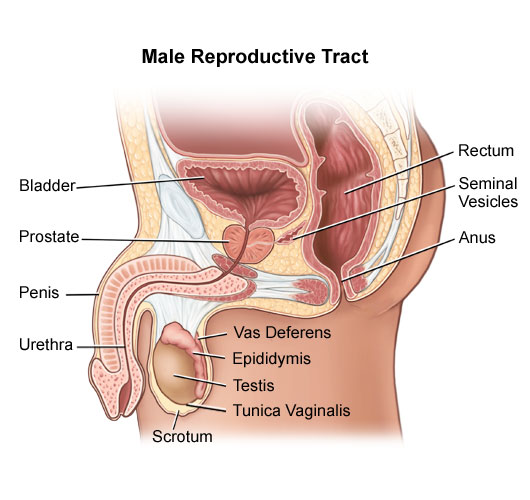 Breast cancer is a tumor that has become malignant - it has developed from the breast cells. A 'malignant' tumor can spread to other parts of the body - it may also invade surrounding tissue. When it spreads around the body, we call it 'metastasis'.
Breast cancer is a tumor that has become malignant - it has developed from the breast cells. A 'malignant' tumor can spread to other parts of the body - it may also invade surrounding tissue. When it spreads around the body, we call it 'metastasis'. A woman's breast consists of lobules. Lobules are milk-producing glands. The breast is also full of ducts - milk passages that connect the lobules to the nipple. There is also fatty and connective tissue surrounding the ducts and lobules - this is called stroma.
The most common breast cancers start in the cells around the ducts. Others can start in the cells that line the lobules. A smaller number of breast cancers can start in other parts of the breast.

The human body has two ways of moving fluid about. One is through the blood stream, which carries plasma, red and white blood cells and platelets. Lymphatic vessels carry tissue fluid, waste products and infection fighting cells (immune system cells). Immune system cells are located in the lymph nodes - the nodes are shaped like a bean.
It is common for cancer cells to grow in the lymph nodes. They get there via the lymphatic vessels.
The lymphatic system of the breasts connect to the lymph nodes in three areas: Under the arm (axillary lymph node), in the chest (internal mammary node) and by the collarbone (supra or infraclavicular node).
Doctors guess that if cancer cells are in the lymphatic system, they are most likely to be in the bloodstream and will spread to other organs in the body. It is very hard to test for breast cancer cells in the bloodstream.
If breast cancer cells have got to the nodes under the arm (axillary), it will most likely swell. Whether or not it has swollen there, will decide what type of treatment a patient should have. If cancer cells are found in more lymph nodes, then the likelihood of it turning up in different parts of the body is greater. However, there is no hard and fast rule here. Women have had swellings in many nodes and did not develop metastases, while some women with no swellings in their nodes did.
Most breast lumps are benign (harmless)
Although most breast lumps do not develop into anything dangerous (benign) some will need to be biopsied (doctor takes a piece out and tests it). Most lumps are harmless cysts - sacs filled with fluid.
A benign tumor cannot spread to other parts of the body - it stays inside the breast. They pose no threat to the patient's life. They are not cancer. Some of them, however, can increase the woman's chance of developing breast cancer later on. Tumors such as papillomas and atypical hyperplasia are examples of this.
How common is breast cancer?
Breast cancer is the most common cancer for women. About one in every nine women will develop breast cancer in her lifetime. 99% of all breast cancers are diagnosed in women, 1% affect men.
In the USA there were 100,000 new cases in 1985. In 1994 the number rose to 180,000. The main reason for the increase is better awareness leading to more diagnostic tests.
Why do some women get breast cancer?
We don't know the answer to that yet. We know that heredity plays a part. The more close relatives a woman has who had breast cancer, the higher is her risk of developing it.
More coming up soon...


 Exercise is the best-kept secret in preventive medicine. Despite our other differences, we all need to exercise for health. Regular exercise provides essential protection against many of the diseases that plague our world. The list includes:
Exercise is the best-kept secret in preventive medicine. Despite our other differences, we all need to exercise for health. Regular exercise provides essential protection against many of the diseases that plague our world. The list includes: